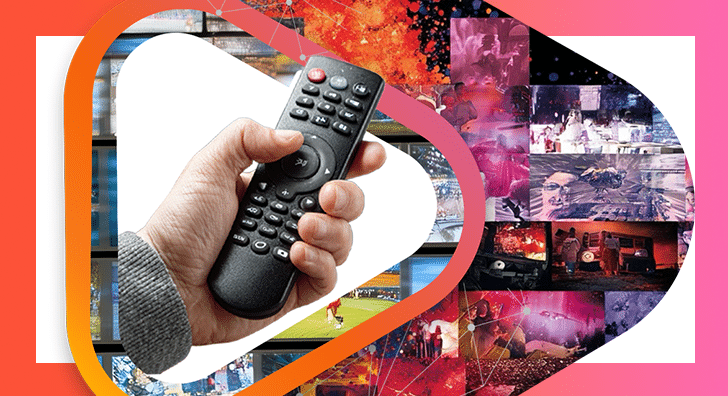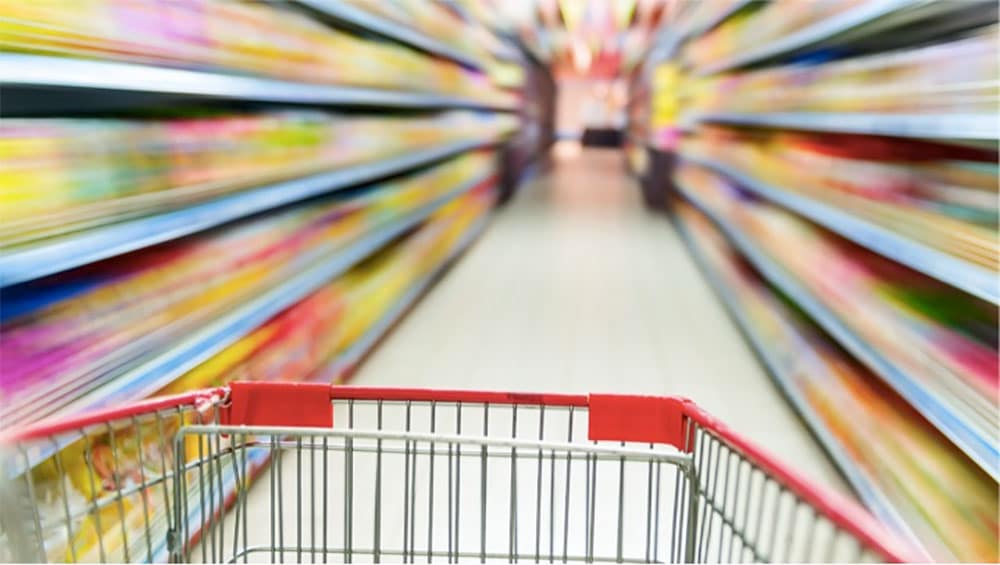Despite reliance on digital for direct response campaigns, some marketers see it as an opportunity for branding; so much so that it will make up a majority of their digital advertising spend. Branding-focused ads will be the number one priority for the consumer packaged goods (CPG) industry. Because CPG brands traditionally rely on retailers to do much of the actual selling of products, direct response is not as crucial to marketing efforts as it is in other verticals. According to a report by eMarketer, US CPG digital ad spending on branding will make up 65% of total budgets vs. 35% for direct response. So, does this mean we’ll be see branding campaigns within 350 x 250 banner ads? Not likely.
Brand marketing has the lofty goal of driving awareness and perception, which aides in conversion, but doesn’t necessarily produce it. Branding also aims to tell a story, expess a promise or vision, and communicate a shared value. Direct response has only one goal: to sell. That is why branding is often more complicated than DR. It takes much more than a “click here” or “buy now” button to engage a customer, as 3M, the parent company of familiar brands like Post-it™, Ace™, and Scotch-Brite™, knows all too well.
With both advertisers and publishers eager to engage in native advertising, many brands see it as a solution for brand marketing online. Perceived effectiveness is fueling a larger investment in native advertising. According to a study by @ANAmarketers, 63% of marketers will increase their budgets for native advertising in 2015, findings that were consistent with @eMarketer’s forecast that said native ad spending in 2015 would be $4.3B – a 34% increase over 2014.
We’re already seeing CPG brands investing a greater share of their budgets on native advertising, and we’re seeing them be wildly successful to boot. TripleLift worked with Scotch-Brite, one of 3M’s strongest consumer brands, to drive increased engagement and social buzz as part of their foray into native.
Scotch-Brite’s campaign strategy was to position itself as the brand with the tools needed for cleaning all around the home. They wanted to seamlessly integrate their message alongside contextually relevant content where users would be most receptive to the ads.
With a product as diverse as Scotch-Brite, it was important to use images that not only embodied the brand’s values, but also captured the attention of potential customers in their native execution. TripleLift worked with the Scotch-Brite team to select powerful images that spoke for themselves and chose relevant sites where Scotch-Brite’s message would shine.
Scotch-Brite’s visual content was designed to seamlessly match the unique look and feel of hundreds of sites meeting their targeted audience. The result was beautifully integrated ads that looked unique to every site and drove increases in CTR, mouseovers, and social sharing.
So why is native better for brand campaigns? Well for one, it is not ignored; banner blindness is still a very big concern for the industry. Built into the fabric of the sites it lives, consumers are more likely to engage with native ads versus a banner. (Though they should always be labeled as ads.) And, consumers are more likely to share these native ads. While not a replacement for organic social media, brands can use sponsored influence to spark conversations and gain awareness as Scotch-Brite did. It should not feel like an ad, meaning, you should not be selling, you should be speaking to the consumer’s interest that reflects the experience of the site they are visiting. Because native ads tend to be more contextually relevant, this helps brands inject themselves into a person’s passions or hobbies on the sites they love.
CPG’s share of digital spending on brand advertising will likely be mixture of native, social, and mobile, and not a reliance on banners.







